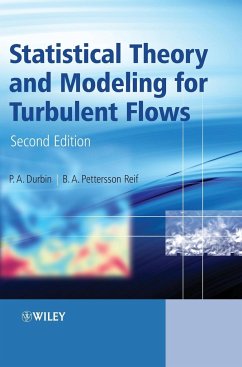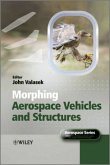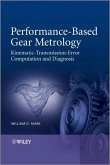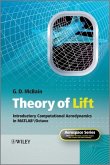Statistical Theory and Modeling for Turbulent Flows offers a thorough grounding in the subject of turbulence that is unavailable elsewhere in a single text, developing both the physical insight and the mathematical framework needed to express the theory. This solid foundation will enable the student to become a knowledgeable developer of predictive tools; it also represents an invaluable reference for practising engineers and scientists in computational and experimental fluid dynamics who have practical experience but would like to broaden their understanding of fundamental issues in turbulence and how they relate to turbulence model implementation.
Providing a comprehensive grounding in the subject of turbulence, Statistical Theory and Modeling for Turbulent Flows develops both the physical insight and the mathematical framework needed to understand turbulent flow. Its scope enables the reader to become a knowledgeable user of turbulence models; it develops analytical tools for developers of predictive tools. Thoroughly revised and updated, this second edition includes a new fourth section covering DNS (direct numerical simulation), LES (large eddy simulation), DES (detached eddy simulation) and numerical aspects of eddy resolving simulation.
In addition to its role as a guide for students, Statistical Theory and Modeling for Turbulent Flows also is a valuable reference for practicing engineers and scientists in computational and experimental fluid dynamics, who would like to broaden their understanding of fundamental issues in turbulence and how they relate to turbulence model implementation.
Provides an excellent foundation to the fundamental theoretical concepts in turbulence.
Features new and heavily revised material, including an entire new section on eddy resolving simulation.
Includes new material on modeling laminar to turbulent transition.
Written for students and practitioners in aeronautical and mechanical engineering, applied mathematics and the physical sciences.
Accompanied by a website housing solutions to the problems within the book.
Providing a comprehensive grounding in the subject of turbulence, Statistical Theory and Modeling for Turbulent Flows develops both the physical insight and the mathematical framework needed to understand turbulent flow. Its scope enables the reader to become a knowledgeable user of turbulence models; it develops analytical tools for developers of predictive tools. Thoroughly revised and updated, this second edition includes a new fourth section covering DNS (direct numerical simulation), LES (large eddy simulation), DES (detached eddy simulation) and numerical aspects of eddy resolving simulation.
In addition to its role as a guide for students, Statistical Theory and Modeling for Turbulent Flows also is a valuable reference for practicing engineers and scientists in computational and experimental fluid dynamics, who would like to broaden their understanding of fundamental issues in turbulence and how they relate to turbulence model implementation.
Provides an excellent foundation to the fundamental theoretical concepts in turbulence.
Features new and heavily revised material, including an entire new section on eddy resolving simulation.
Includes new material on modeling laminar to turbulent transition.
Written for students and practitioners in aeronautical and mechanical engineering, applied mathematics and the physical sciences.
Accompanied by a website housing solutions to the problems within the book.








